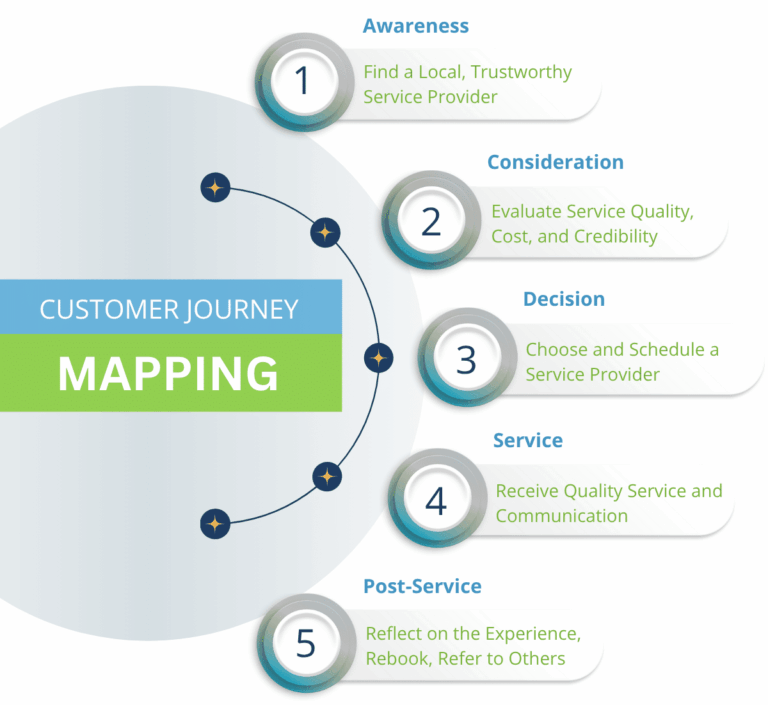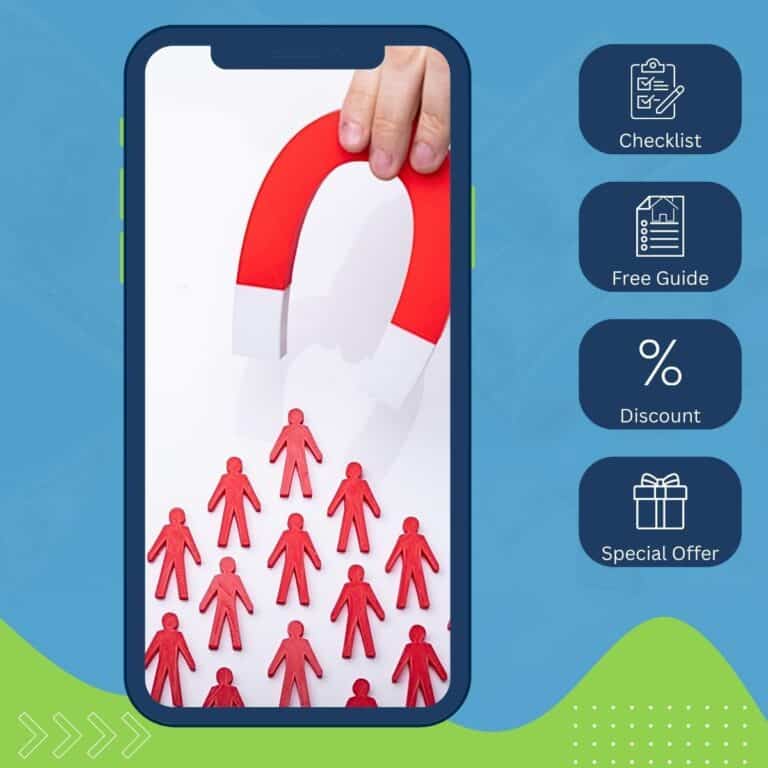
Bad Reviews Can Actually Help Your Business
Good news travels fast. Bad news travels even faster. The same goes for online reviews. With review sites like Google, Facebook, and Yelp, potential customers have access to an unfiltered list of customers’ past experiences with your business.
The truth is, anyone who runs a business has had to deal with at least one bad review. Many businesses fear negative reviews, without realizing that they are easy to deal with and can actually have a positive effect on your business. If your company receives a negative review, the most important thing to remember is that it doesn’t mean your products or services are bad. Most likely, the review was a result of misaligned expectations or simply a bad day on the part of the reviewer (or the business). Negative reviews offer you the opportunity to respond to the reviewer’s concerns and turn around their impression of your business (which will hopefully be followed by a revision of the review).
One of the best side effects of negative reviews is the positive light they shed on good reviews. A study by Harvard Business School found the majority of consumers trust reviews more when they see a mix of good and bad feedback. If the feedback is entirely positive, 95 percent believe the reviews are fake or company-screened.
Handling negative reviews can have positive results for your business, if you follow a few simple steps.
One of the most important ways to manage negative feedback is to address it promptly. Don’t let a bad review or comment go unaddressed for days, or even weeks—that sends a clear message that your company doesn’t care. 73% of U.S. consumers consider fast response time an important part of good customer service. Once you spot negative feedback, respond quickly—preferably within hours.
Apologize Publicly
Tell the consumer you’re sorry and that you want to ensure the best possible experience for them. Take a moment to reinforce your brand’s customer service values, then tell them how you’re going to correct the problem ASAP. Showing humility and humanity are key here. Responding to negative reviews lets customers see how you handle a less-than-ideal situation. Statistically, people will read the negative reviews first. If things go wrong, they want to know what to plan for. Show you’re capable of continuing to deliver excellence even when things aren’t perfect.
Take it Offline & Fix the Issue
Once you’ve apologized to the customer, take it offline. Don’t hash it out publicly. We always advise our clients to do their conflict resolution offline. Call your customer, listen to their complaints, apologize, and offer a solution. Do whatever you can to fix the issue and make the customer happy.
Follow Up and Ask for Removal
If you’ve apologized in earnest and corrected the issue, reach out to the customer to see if they will remove their review. In most cases, they’ll remove the negative review on their own.
Asking the customer to take down a negative review can also be a great opportunity for more follow up. They may give you further feedback or even change the review to a positive one.
Going forward, potential customers will see your positive attitude and consider you trustworthy—even if they haven’t engaged with your business yet. That’s the power of a customer review. And that’s why it’s crucial that you stay on top of them. By thinking of the review process as an extension of the customer service experience, you’ll handle it like a pro and your customers will keep coming back—in real life and online.
Next Step: Implement a Review Generation Strategy
The best strategy for minimizing the impact of negative reviews is to build-up your positive reviews. Generating positive reviews on an ongoing basis for your business is critical to building and maintaining your reputation. What’s more, that feedback is essential to improving your services, internal processes, and overall customer experience.
Studies have shown that a customer is more likely to leave a review if:
- They are asked by someone they’ve formed a personal connection with
- They are given clear instructions on where or how to leave a review
- There is a reward on the line
Rewarding customers for their review can go a long way in sweetening the deal, but as a rule, companies are not allowed to incentivize positive reviews; meaning the way that you ask is critical. One way around this is to flip the process and reward your employees instead. Having an employee complete a service or project with, “If you’ve had a good experience, please consider leaving us a Google (or Yelp, Facebook, LinkedIn, etc.) review. If you include my name, the company will reward my performance,” can be surprisingly effective.
Managing your online reputation is important for your business’s online presence and your ability to convert new customers. The next time you receive a negative review, take a deep breath and relax. It’s simply a chance for your business to show its commitment to its customers and to get a new marketing win.






